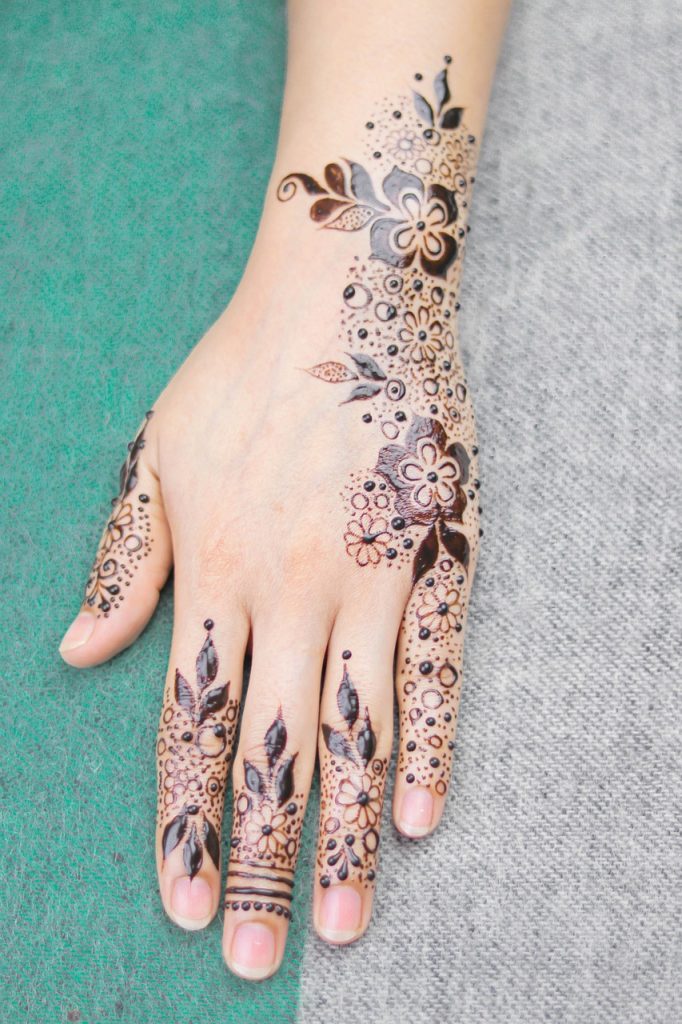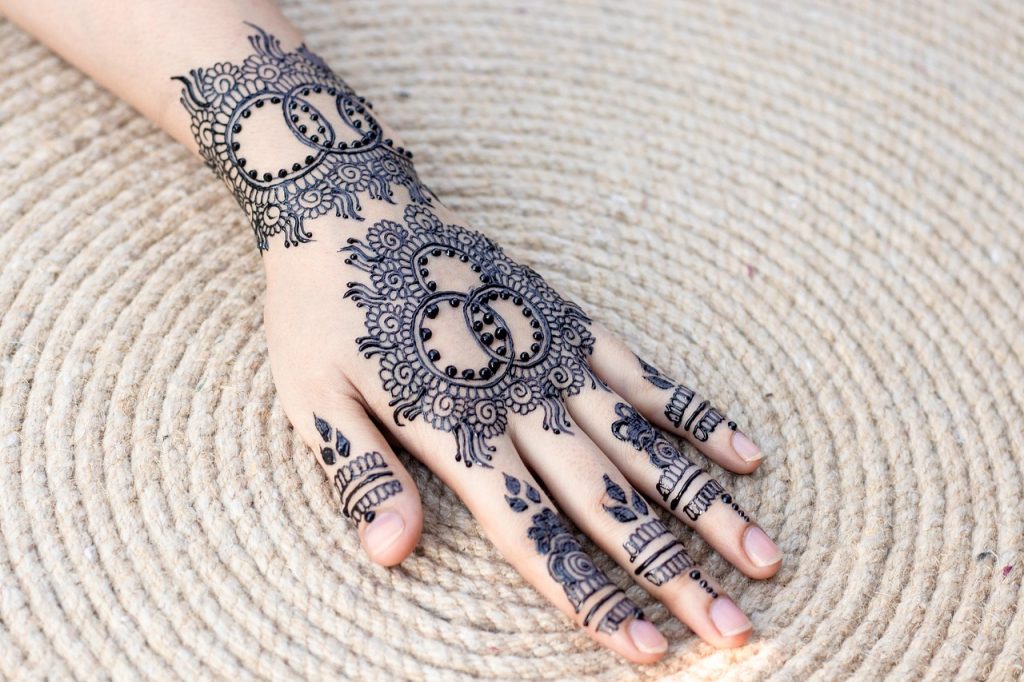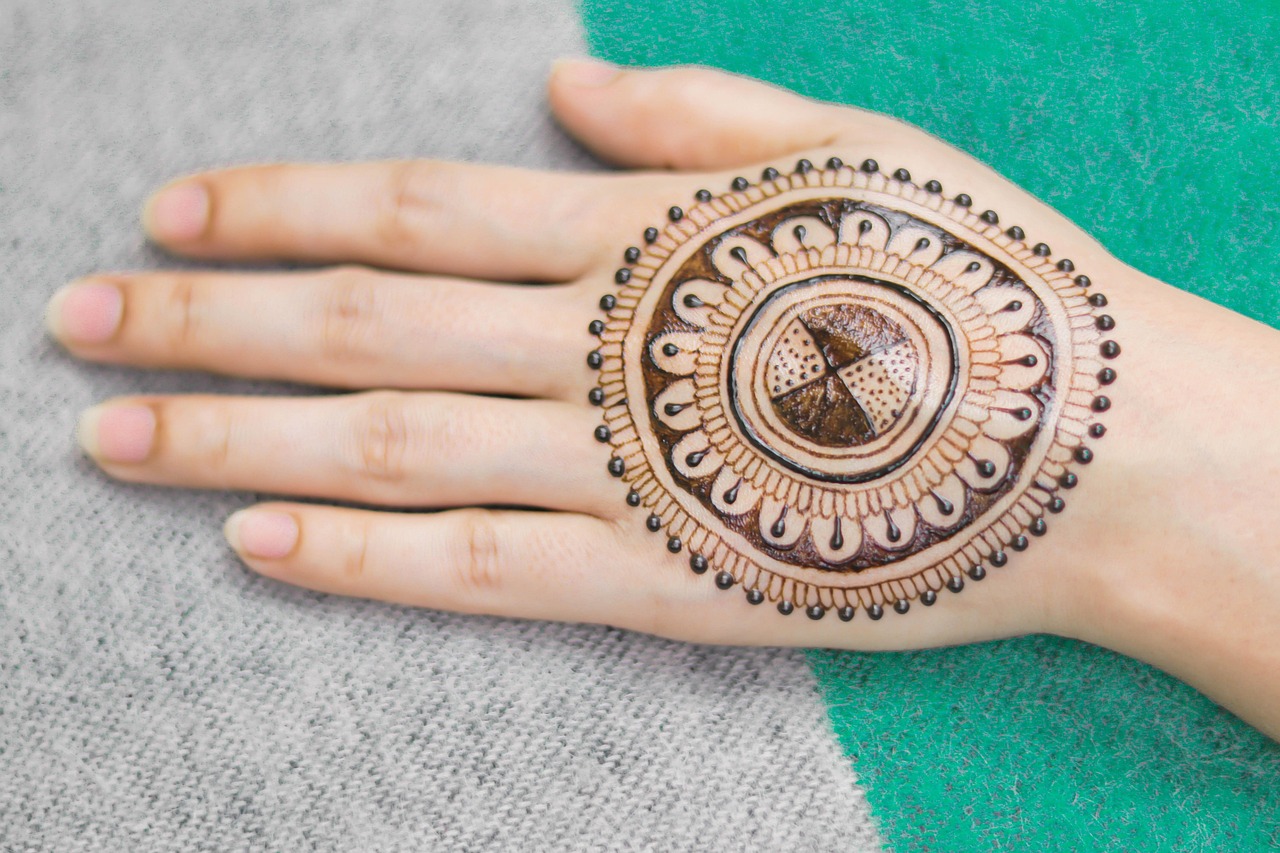The Elegance of Arabic Mehndi Designs

Arabic mehndi designs for the front hand are known for their intricate patterns and beautiful compositions. These designs utilize bold lines, floral elements, and geometric shapes to create striking visuals. The use of negative space, often left uncolored, enhances the overall design and makes it stand out. Unlike traditional Indian mehndi, which tends to be denser and filled with smaller details, Arabic designs embrace a more open and airy feel.
Often seen during festivals, weddings, and special occasions, Arabic mehndi provides a way for individuals to express their personality and style. Gentle swirls, motifs of leaves and flowers, and elegant peacock designs are commonly found in Arabic mehndi styles. This unique art form has transcended cultural boundaries, gaining popularity worldwide.
What Is the Significance of Arabic Mehndi?
The significance of mehndi in Arabic culture extends beyond mere adornment; it symbolizes joy, celebration, and prosperity. Traditionally, it is applied during weddings as a way to bring good fortune and happiness. Each design tells a story, often reflecting the wearer’s individuality and cultural heritage.
Fact: The History of Mehndi
According to research, mehndi dates back thousands of years, with its origins traced to ancient Egypt and Persia. It plays a significant role in various cultural rituals around the world.
Choosing the Right Design for Your Front Hand

Selecting the perfect mehndi design for the front hand can be an overwhelming task given the myriad of options available. Consider the occasion, outfit, and personal preferences while making your choice. Simple designs work beautifully for casual events, while intricate and elaborate designs are more suited for festive occasions like weddings.
Don’t hesitate to personalize your design; adding initials or symbols that hold significance to you can enhance its meaning.
How Long Does Arabic Mehndi Last?
Arabic mehndi typically lasts between one to three weeks, depending on the care and skin type of the wearer. Factors like skin moisture and exposure to water can affect the longevity of the mehndi art. To ensure the design lasts as long as possible, avoid scrubbing the area or using products with harsh chemicals.
Case Study: Tips for Long-lasting Mehndi
An expert study shared by Stylecraze emphasizes the importance of following care instructions to achieve the best results from mehndi applications.
Maintaining Your Mehndi Design for Optimal Effects

To keep your Arabic mehndi design looking fresh, regular care is essential. Here are some practical tips:
- Avoid water for the first 24 hours to let the design set properly.
- Apply a mix of lemon and sugar to enhance the color and longevity.
- Moisturize the area well to keep the skin hydrated.
- Avoid exposure to direct sunlight, which can fade the design.
Can Mehndi Be Removed Early?
While mehndi is designed to fade gradually, there are methods to expedite the process. You can use baking soda paste or a mild exfoliant to help lift the mehndi off the skin more quickly. However, always opt for gentle methods to avoid skin irritation.
Expert Tip: Removing Mehndi Safely
According to skin specialists, using natural ingredients is recommended for removing mehndi, as they are less likely to cause irritation.
Conclusion

Arabic mehndi designs on the front hand are more than just body art; they narrate stories of culture, tradition, and personal expression. By understanding the significance behind these designs and taking proper care, you can enjoy their beauty for weeks on end. Whether you’re preparing for an upcoming celebration or simply want to adorn yourself, investing in quality mehndi designs can bring joy and elegance to any occasion.
If you found this guide helpful, please share it with friends and family, or subscribe to our newsletter for more exciting tips on beauty and culture!
